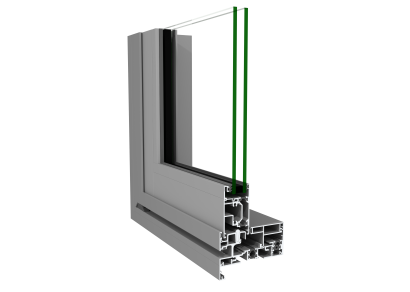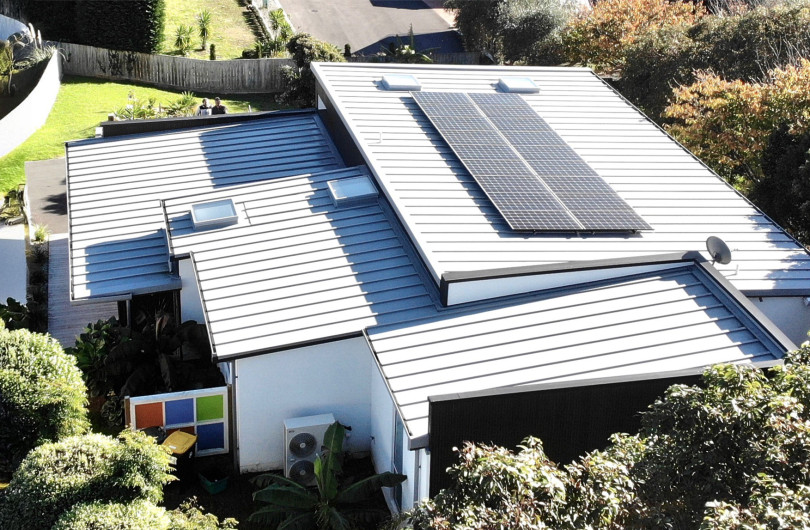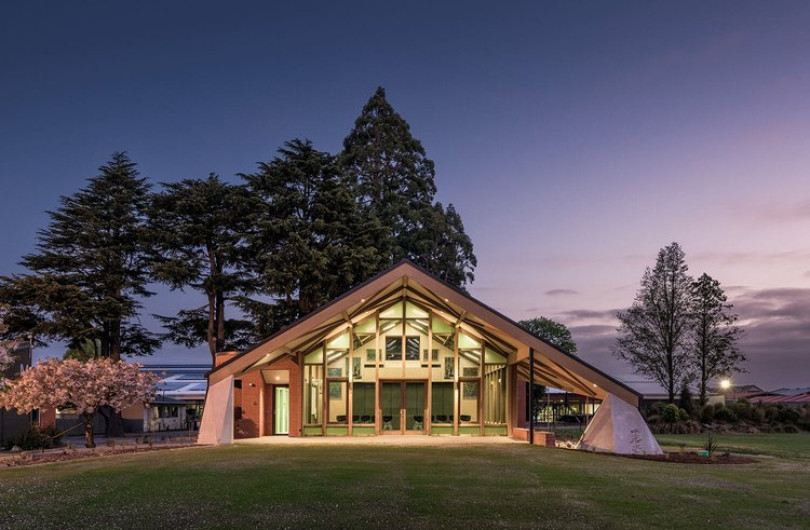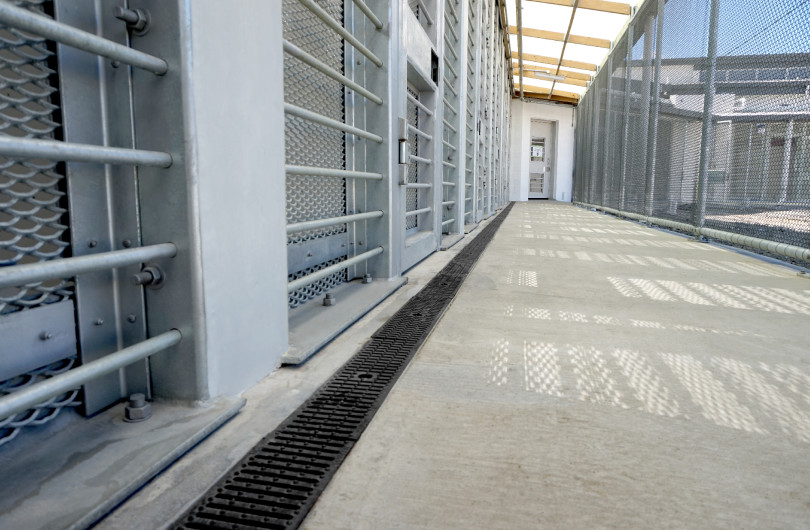The Minister’s announcement of a review came with strong opinions from both sides — those saying the NZBC-H1- 5th Edition requirements must be retained, and those arguing that the increased costs are a concern as they are passed directly to the new home buyer without any evidence of reductions in heating costs. There are also claims that the additional thickness of insulation is bringing to the fore significant problems, especially of over-heating in terrace housing and apartments.
I agree that there is a large proportion of the country’s housing stock which does have poor thermal performance but changing the Building Code will not correct this. The Building Code is only concerned with new buildings and so does not impinge on existing dwellings (except where significant renovation work is being undertaken).
As reported, it seems that this review will just concentrate on installing more or less insulation, and the construction costs thereof. In my opinion this is just kicking the can down the road. Thermal performance of a house is determined by many more fundamental factors (which includes occupant behaviour) than insulation, all of which need to be considered during the design phase. Windows — their size, orientation and shading — are a primary driver of passive (before appliances are activated) thermal performance and are permanent features, although opening sashes do allow for moderation. Some commentators are advocating for all dwellings to be modelled. I have commented on the limitations and difficulties of this approach in my Detailed Blogs of June and July 2023: Should all New Houses be Modelled for Thermal Performance?, and Should all New Houses be Modelled for Thermal Performance?- Part 2. I have been using thermal simulation computer modelling, as introduced by EECA for their Home Energy Rating scheme of the late 2000s, for nearly 15 years to show NZBC-H1 compliance of specific standalone and terrace houses, and apartments.
I have promoted the continuing need for improvement in the thermal performance of our residential buildings but always recognising that the environment they are constructed in is a very dynamic and variable system — across the 24 hour daily cycle; the annual seasonal cycle; and now the apparent uni-directional global-warming path — rather than a static and fixed configuration. Unfortunately, (except for a few elements such as curtains and opening windows/door), our basic constructions are static and very difficult to alter, especially on a regular basis, therefore any up-dating of the Codes must be evidence-based, comprehensive, and with an intelligent eye to the future. Only concentrating on insulation alone is totally inadequate. Over the years I have written on these topics: In April 2014: Insulation, Glazing & Thermal Mass: Is There a Simple Relationship; and again in December 2014: Insulation, Thermal Mass & Glazing: The Juggling Game.
In my Detailed Blog of 27 June 2022, NZ Building Code: Clause H1 (Energy Efficiency) 5th Edition, I discuss a particular aspect of the Acceptable Solution of the 5th Edition which I don’t understand. Why is the ceiling requirement the same for all climate zones? I consider this must be addressed to correct the anomaly. It is the requirement for roofs to have a Construction R-value of R6.6 in all Climate Zones and yet it is allowable to reduce this to an R-value of “…R3.3 for a distance of up to 500mm from the outer edge of the ceiling perimeter where space restrictions do not allow full-thickness insulation to be installed”, when the insulation is on a horizontal ceiling. Of course this is sensible from the point of view of the practicality of installing the insulation, but does it achieve the 5th Edition objectives of improved thermal performance when the principles of thermal dynamics are recognised? In a normal residential situation most of the heat loss is by convection which takes the heat to the ceiling and upper wall surfaces, then by conduction through the insulation to the exterior. Convection is a dynamic process which continually transfers heat, ie once a volume of hot air transfers its heat to the ceiling it does not stay at the ceiling level — it drops to the lower level to allow more hot air to reach the upper wall and ceiling surfaces, and hence the room cools as this cycle continues.
To anthropomorphise my view: if I was a portion of ‘heat’ wanting to escape from the room, why would I struggle through the R6.6 when there is a 500mm wide strip which only requires a R3.3 effort? Of course my mates at the top of the adjacent exterior wall would invite me to join their easy path through the R2.0 Construction R-value so as to expedite our heat escape.
For a 4m x 4m Living Room at a corner of the floor plan, (a common location), the ceiling area is 16m², and a 500mm strip on two sides leaves a little over 12m² of R6.6 ceiling. The 23% of R3.3 ceiling essentially makes the R6.6 ineffective. Many living rooms are less than 16m² so they have an even greater percentage of R3.3 ceiling losses. The wording “…up to 500mm…” is ambiguous. Who decides when a lesser distance is all that is needed? In real terms I cannot see tradespeople carefully measuring access so that a lesser width can be cut and installed, they will just bung in a 600mm wide R3.3 pad.
If it is essential that ceiling areas should be 100% R6.6 then there is a simple solution. The exterior wall framing is raised sufficiently to allow access at the perimeter and the ceiling lining is fixed to a light-steel grid as in commercial buildings. Of course that raises the problem of where the suitcases and kids old toys are to be stored. Why does the 5th Edition of NZBC-H1 require the same ceiling Construction R-value insulation in Kaitaia as for Queenstown??
Society seems to be fixated on the use of ‘more insulation’ as the only way to improve thermal performance. Houses exist in very dynamic thermal environments and so require more than a single static solution to maximise their thermal performance before heating/cooling appliances are resorted to. I have discussed this in other Detailed Blogs. In April 2014: Is More Insulation the Best Solution, September 2017: There is More to Insulation than Just The R-Value, and in October 2021: Summer Cooling for Medium Density Housing.
Through EcoRate Ltd – Architect I provide objective independent passive solar thermal performance analysis and advice on sustainability matters, to architects, designers, builders, manufacturers, and others in the construction industry, included those proposing to build a new home. I am also a Homestar Assessor.
For more information feel free to contact Keith at EcoRate Ltd on 021 890 251, [email protected], or our website www.settlement.co.nz.





























 Most Popular
Most Popular Popular Products
Popular Products



